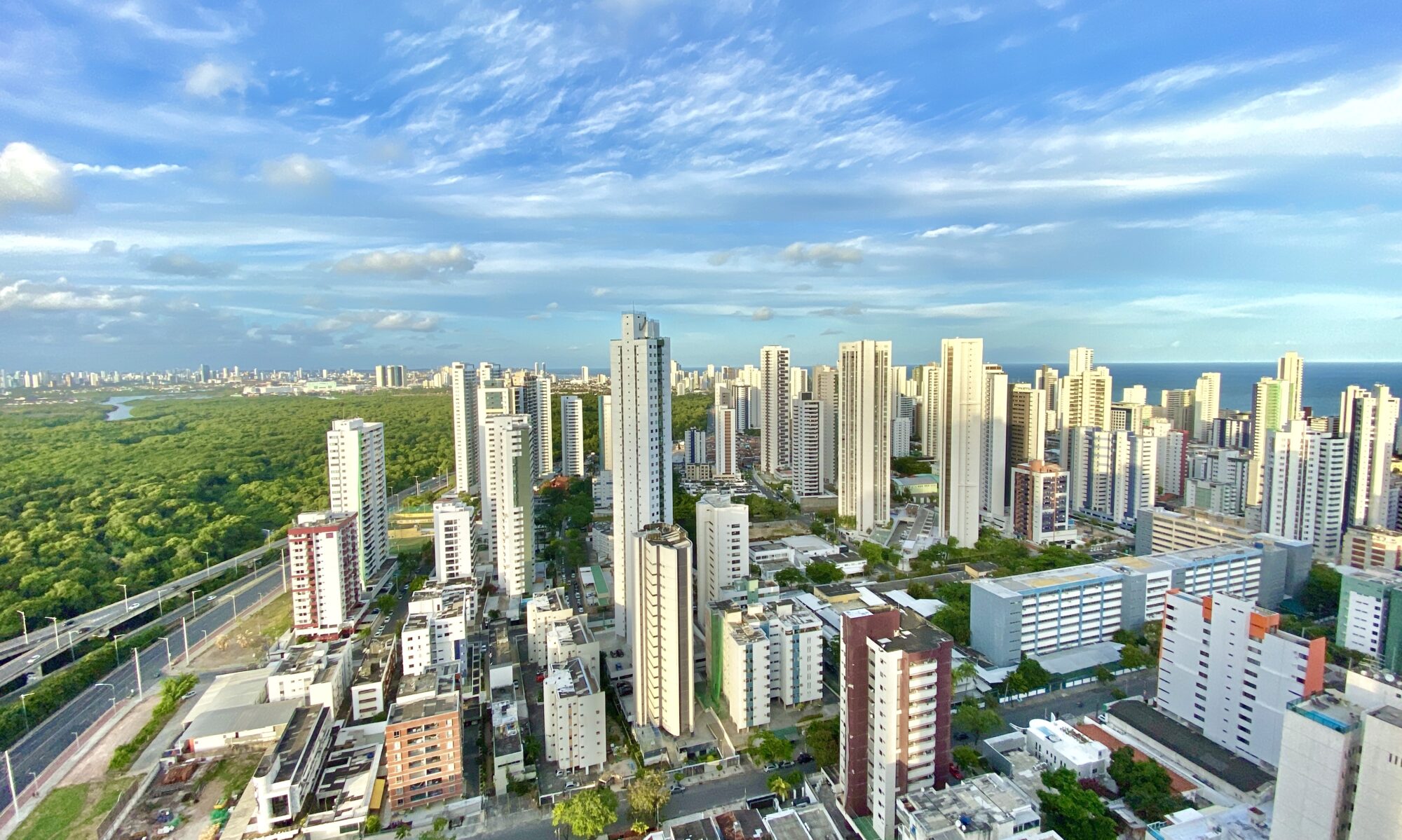The state of Acre, known as the land of rubber and the land of Chico Mendes, is seeking another title: the land of green tourism. There is no lack of reasons why it should not get it, seeing that 95% of its total area – 153.149,9 km2 is covered by the Amazonian Forest, with a huge variety of flora and fauna. The point of entry for this “green tour” is the capital Rio Branco, which lived its apogee of splendour during the golden age of rubber, extracted from the plantations which covered the area on which the city now stands. The tour includes, among others, the towns of Plácido de Castro and Vale do Juruá.
Acre was the last piece of territory to be annexed to Brazil, and for this reason it was called “little brother” by the São Paulo writer Mário de Andrade in his poem “Noturno de Belo Horizonte”. Until the beginning of the twentieth century, the little brother was part of Bolivia, a corner of land lost in the extreme west of Amazonia. It was migrants from the North East region of Brazil who started to penetrate the region in search of rubber.
In 1903, the rubber workers, led by Jose Plácido de Castro, declared Acre to be part of Brazil. This was the beginning of diplomatic negotiations which were only concluded with firm action by Barão do Rio Branco, the then Secretary for Foreign Affairs, who defined the basis for negotiations between Brazil and Bolivia, when Acre was definitively incorporated into Brazil. Although it was assimilated administratively in 1904 as the territory of Acre, it only became politically integrated in 1962 when it became the state of Acre.
Rubber guaranteed the economic survival of the territory for more than a decade. With the fall in international rubber prices, the unregulated exploitation of timber began, and with it the devastation of the Amazon Forest. In an attempt to put a brake on this unregulated development, which actually put the survival of the people of Amazonia at risk, a strong trade union movement of rubber workers under the leadership of Chico Mendes grew up at the end of the 1970s. Internationally known for his fight against deforestation and in favour of environmental conservation, he was assassinated in 1988 because he had come into conflict with the local landowning elite and their economic interests in the region.
Today the economy of the state is centered around cattle ranching, agriculture, rubber and Brazil nuts. Rubber, the product which brought hundreds of people from the North East region of Brazil to colonise the territory, is still important, being one of the principal export items of the state, along with timber and Brazil nuts. Acre has a free trade area in Brasiléia, 230 kilometres from Rio Branco, on the frontier with Bolivia. Apart from its economic importance, the town’s other attraction is the beauty of its majestic Brazil nut trees.
The Federal Government has defined and regulated several areas devoted to rubber tapping, among which that in Juruá, which carries the name of Chico Mendes. There is also in the state the Colônia Agrícola 5000, a community of the followers of the Santo Daime sect, whose principal ritual is the consumption of a tea made from a herb called ayauhasca. Drunk for centuries by the Indians of the Amazonian parts of Peru and Colombia, the herb is the origin of the sect. Ayauhasca is a kind of liana and is soaked and then boiled until it becomes a tea which, according to many of those who have drunk it, produces visions. There is much controversy about its effects. For many people it is an hallucinogenic drug, for others it is nothing more than a harmless tea, used in rituals and for treating various illnesses. In Brazil it is called Santo Daime because the founder of the sect, Raimundo Irineu Serra, used to pray using the words “dai-me força, dai-me luz” (give me strength, give me light).

